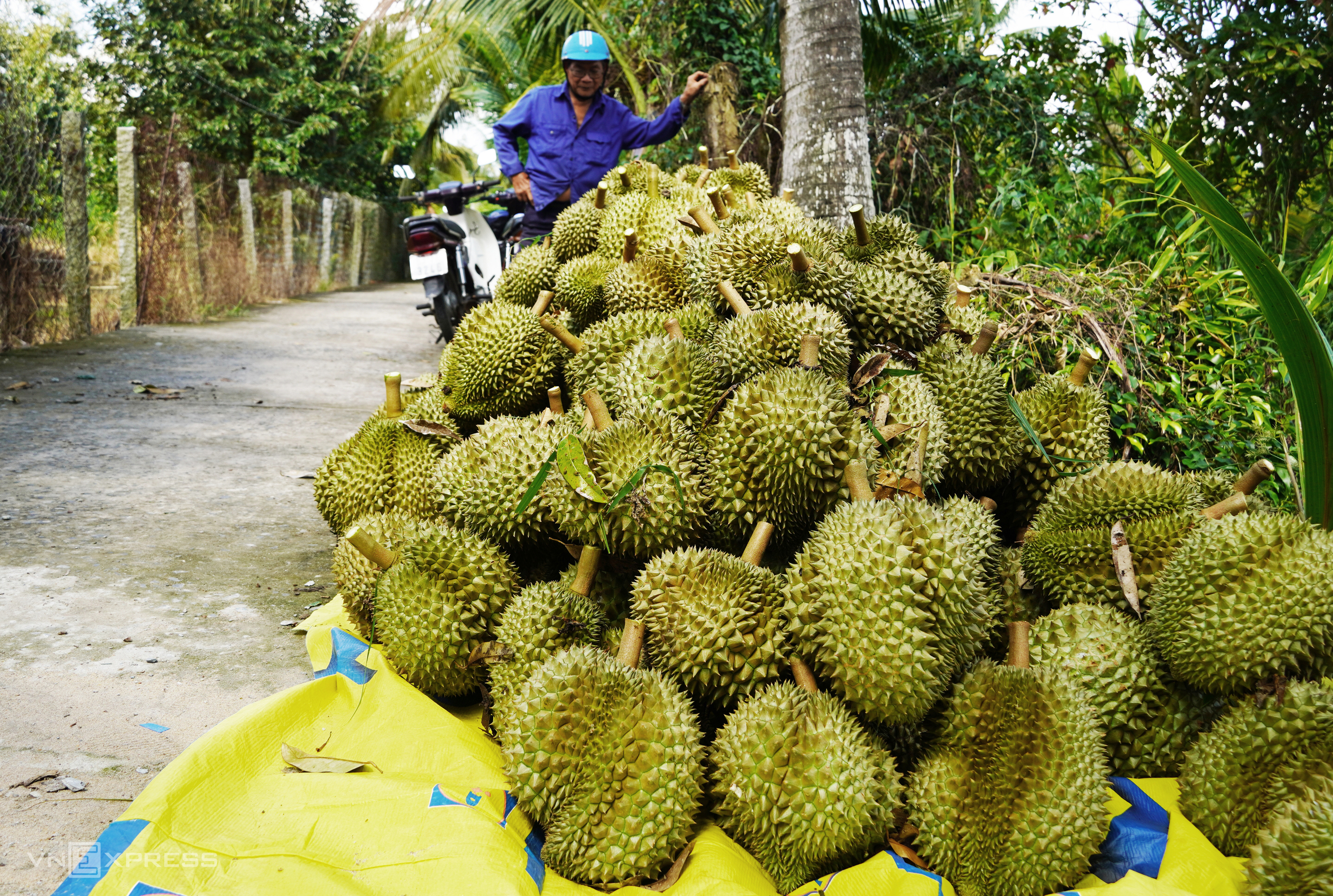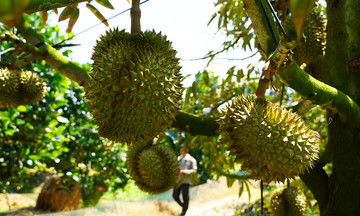After several months of stagnation, Vietnam's fruit and vegetable sector is showing positive signs of recovery, particularly in July. Exports for this month alone reached USD 731 million, a 33% increase compared to the same period last year. This contributed to a total export value of over USD 3.8 billion for the first 7 months of the year. While still down slightly by 2.2% compared to the same period last year, this represents a significant improvement from the nearly 30% decline earlier this year.
Dang Phuc Nguyen, General Secretary of the Vietnam Fruit and Vegetable Association (VINAFRUIT), described this as a positive sign, considering the sector's sharp decline in the early months of the year. Durian, the fruit that helped the industry achieve a significant breakthrough in 2023, has been a key driver of this recovery. High-quality supply, low cadmium residue levels in key growing areas like the Central Highlands and Southeast, and stringent quality control from harvest to packaging have enabled businesses to re-enter markets like China and Thailand.
In addition to durian, other products such as coconut, processed mango, and passion fruit have also recorded good growth. Several markets, including the US, Japan, Taiwan, and the Netherlands, continue to maintain impressive growth, ranging from 10% to 70% compared to the same period last year. Conversely, exports to mainland China and Thailand fell by 24% and 29% respectively, indicating that technical barriers remain.
 |
Durian harvest in Cai Lay Town, Tien Giang. Photo: Hoang Nam |
Durian harvest in Cai Lay Town, Tien Giang. Photo: Hoang Nam
At a fruit and vegetable export conference held on 18/7 in Ho Chi Minh City, businesses and industry associations recognized the potential of bananas and passion fruit as the next key fruit groups. Vietnam is currently in negotiations to officially export passion fruit to the US and has also submitted technical dossiers to South Korea and Thailand. Vietnamese bananas are already present in many large and demanding markets like Japan, South Korea, the EU, the US, and China.
Despite fluctuations, China remains the most important market, accounting for nearly half (48.2%) of Vietnam's total fruit and vegetable export revenue in the first half of the year.
According to VINAFRUIT, the outlook for recovery in the latter half of the year is supported by four main factors: First, businesses are actively adjusting production and processes to meet new requirements from import partners, especially China. Second, the progress of granting planting area codes and approving packaging facilities continues to accelerate, while technical procedures are gradually being resolved through bilateral dialogues.
Third, high-end markets such as the US, EU, Japan, South Korea, and Australia continue to grow steadily, especially for processed products – a direction that increases value and reduces risks during market fluctuations. Finally, the proportion of processed goods is increasing, reducing dependence on fresh fruit and improving post-harvest preservation capabilities.
From durian's gradual return to prominence to the rise of bananas and passion fruit as new key products, Vietnam's fruit and vegetable industry is striving to reposition itself on the global agricultural map. The goal is not only to increase output but also to improve quality and expand markets sustainably, experts say.
Thi Ha












